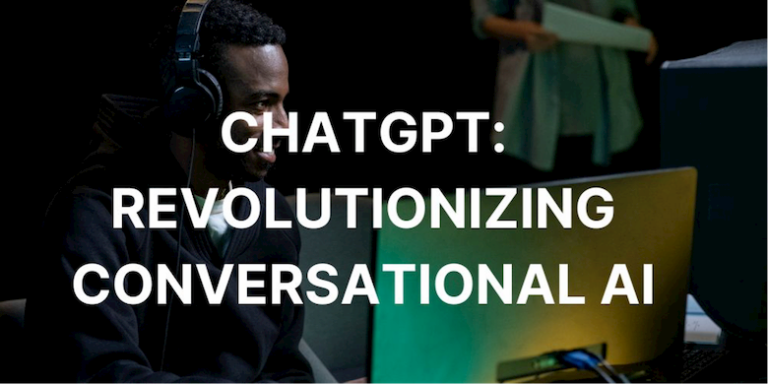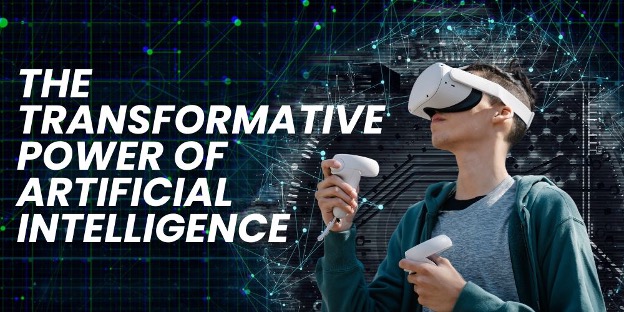Two of the most popular machine learning technologies/models are GPT (Generative Pre-trained Transformer) and BERT (Bidirectional Encoder Representations from Transformers). Both GPT and BERT have made significant contributions to the field of natural language processing (NLP) and have gained widespread adoption and recognition. Here’s a brief overview of their popularity:
- GPT (Generative Pre-trained Transformer): GPT models, particularly GPT-3, have attracted a lot of attention and popularity due to their impressive language generation capabilities. GPT-3, developed by OpenAI, is one of the largest language models with 175 billion parameters. Its ability to generate coherent and contextually relevant text across a wide range of tasks has sparked interest and application in areas such as chatbots, language translation, content generation, and more.
- BERT (Bidirectional Encoder Representations from Transformers): BERT, developed by Google, has also gained significant popularity and impact in the NLP community. It introduced the concept of bidirectional language representation learning, enabling models to capture context from both left and right context words. BERT’s pre-training and fine-tuning framework have been widely adopted and applied to various NLP tasks, achieving state-of-the-art performance in areas such as text classification, named entity recognition, question answering, and sentiment analysis.
These two models have demonstrated remarkable performance and have influenced the development of subsequent models and techniques in the field of NLP. Their popularity can be attributed to their ability to understand and generate natural language text, their accessibility through pre-trained models, and their versatility in tackling a wide range of NLP tasks.
It’s important to note that popularity can vary across different domains and applications within the machine learning field. Other models, such as ResNet in computer vision or LSTM in sequence modeling, also enjoy significant popularity and have made substantial contributions in their respective domains.
BERT and GPT can be considered strong competitors in the field of natural language processing (NLP), but they differ in their underlying architectures and primary objectives. Here are the key differences between BERT and GPT:
- Architecture: BERT (Bidirectional Encoder Representations from Transformers) is based on the Transformer architecture and specifically focuses on bidirectional language representation learning. It takes a masked language modeling approach, where it randomly masks some words in the input sentence and predicts them based on the context of the surrounding words. BERT has separate encoder layers for encoding both left and right context, allowing it to capture bidirectional dependencies in the input text.
On the other hand, GPT (Generative Pre-trained Transformer) is also based on the Transformer architecture, but its objective is different. GPT focuses on autoregressive language modeling, which means it predicts the next word in a sequence based on the preceding words. GPT only considers the left context during training, making it suitable for generating coherent and contextually relevant text.
- Pre-training and Fine-tuning: BERT and GPT follow different pre-training and fine-tuning approaches. BERT is pre-trained using a masked language modeling (MLM) task and a next sentence prediction (NSP) task. The pre-training is performed on a large corpus of unlabeled text, enabling the model to learn general language representations. BERT models can then be fine-tuned on specific downstream tasks by adding task-specific layers and training them with labeled data.
GPT, on the other hand, is pre-trained solely on the language modeling objective. It is trained to predict the next word in a sequence, utilizing large amounts of text data. The pre-trained GPT models can be used for various downstream tasks, but they are typically fine-tuned on specific tasks using supervised learning.
- Use Cases: Due to their different training objectives and architectures, BERT and GPT excel in different use cases within NLP. BERT’s bidirectional language representation learning makes it particularly suitable for tasks that require understanding and context, such as text classification, named entity recognition, question answering, and sentiment analysis. BERT’s ability to capture bidirectional dependencies allows it to perform well in tasks that involve understanding relationships and meanings within a sentence or document.
GPT, with its autoregressive language modeling, is more suitable for generating coherent and contextually relevant text. It has been widely used in applications like text completion, chatbots, and text generation tasks where generating human-like text is desired.
It’s worth noting that while BERT and GPT differ in their primary objectives and training approaches, they both have made significant contributions to the field of NLP and have achieved state-of-the-art performance in various tasks. The choice between BERT and GPT depends on the specific task requirements and the desired balance between understanding context and generating text.
















+ There are no comments
Add yours